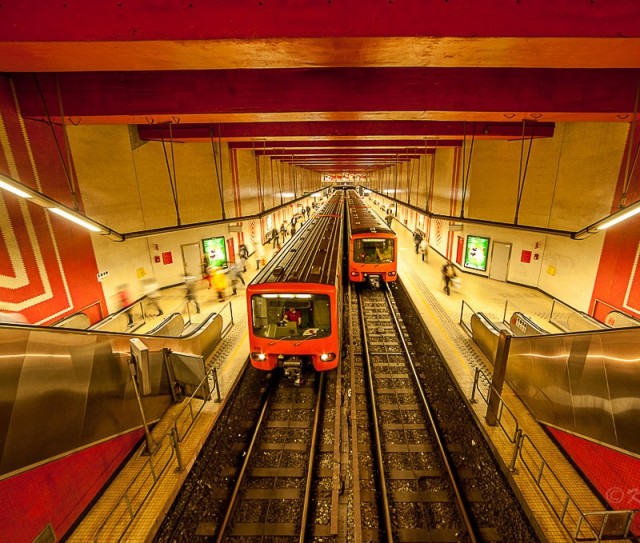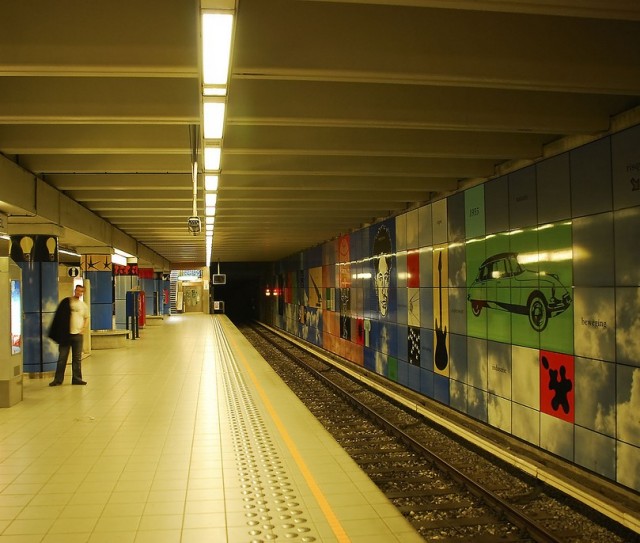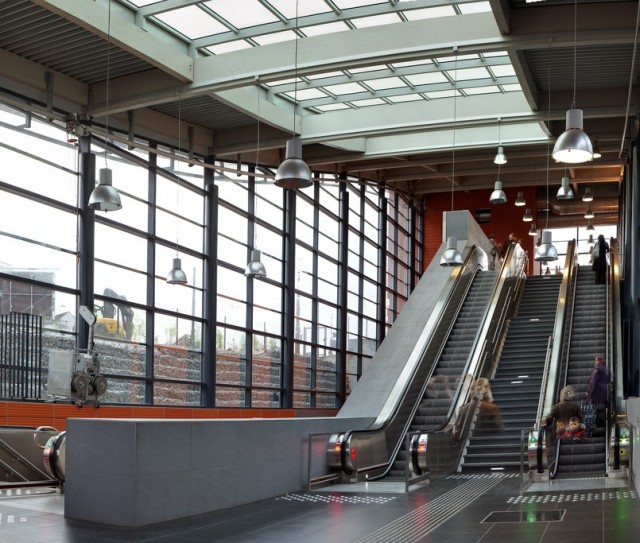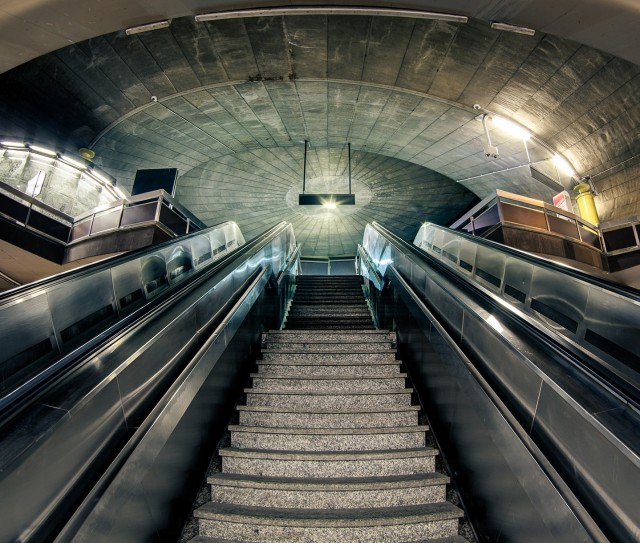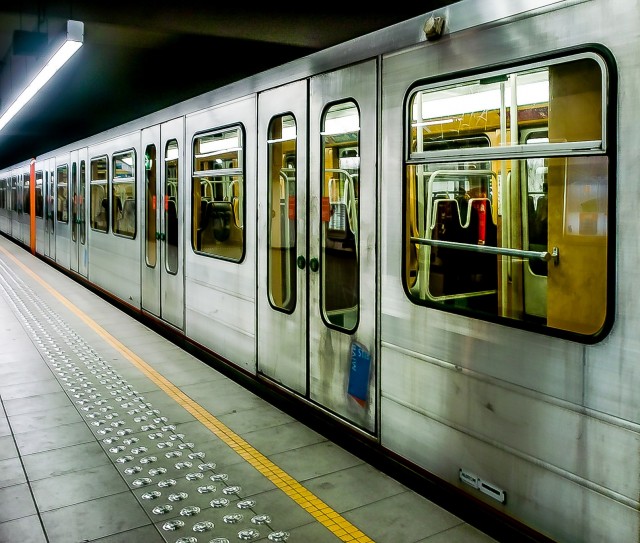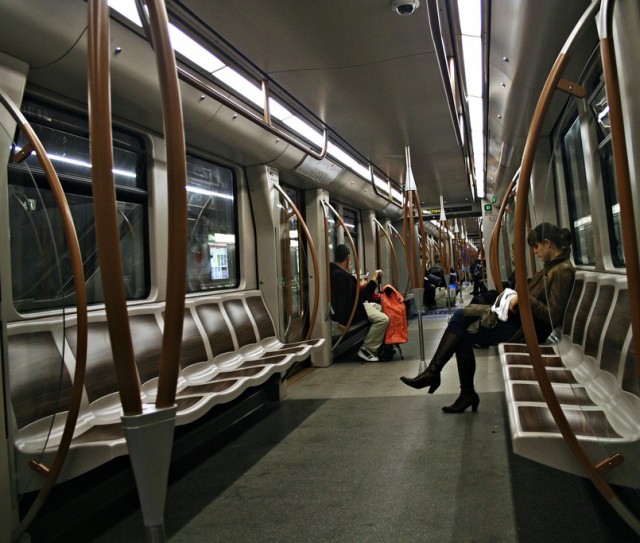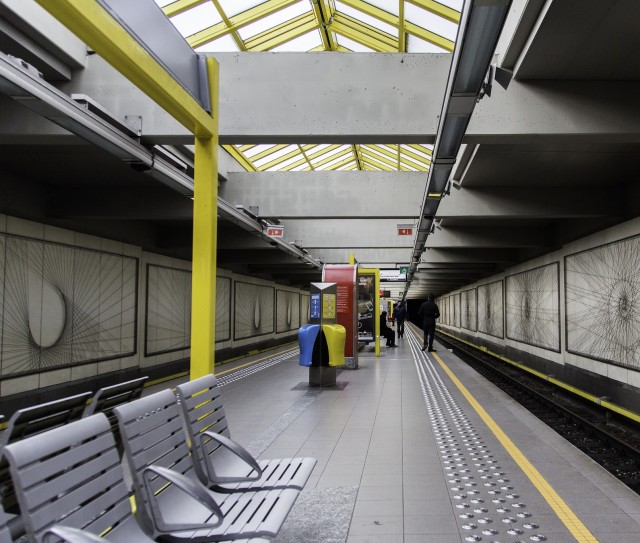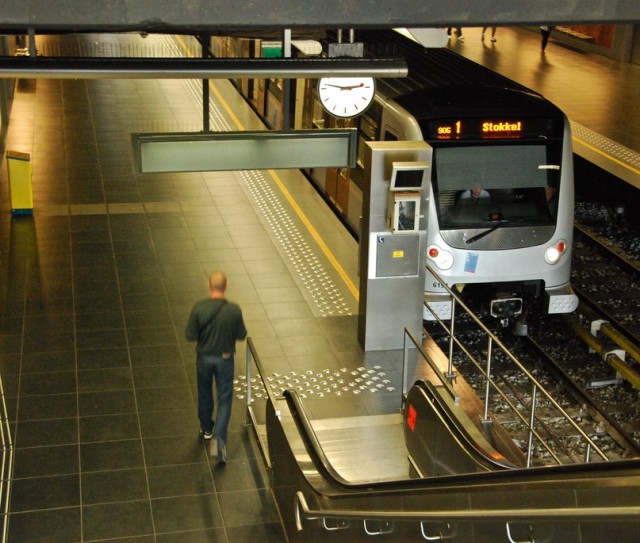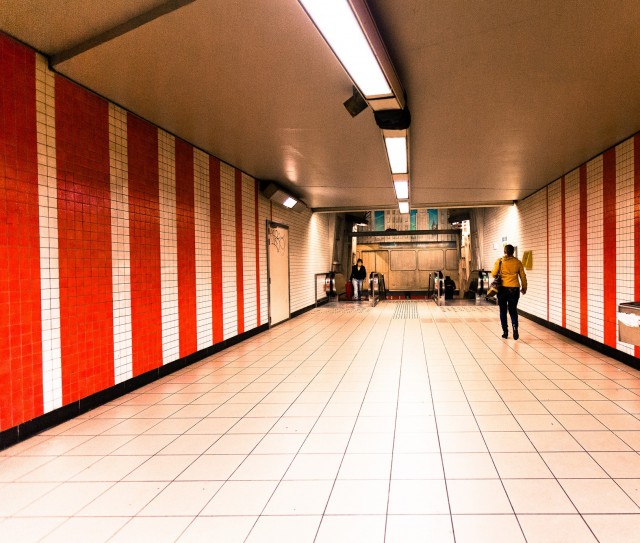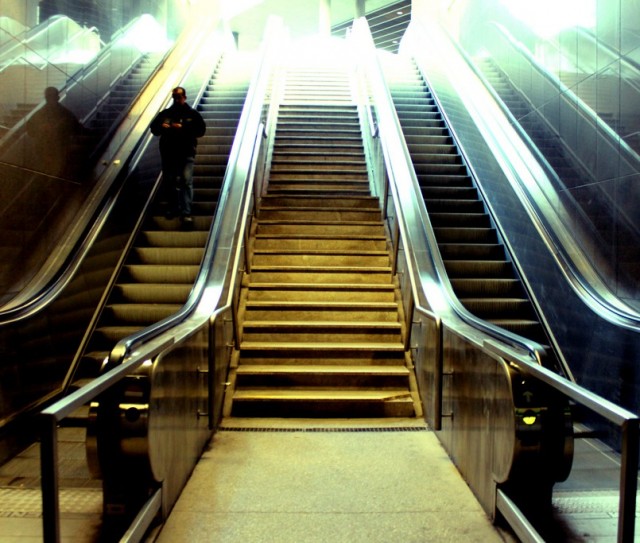Info
The Brussels Metro, consisting of four metro lines and three premetro tram lines, stands as Belgium's sole metro system. Although discussions regarding constructing a subway in the capital date back to 1892, the first line materialized over half a century later. In 1969, the inaugural underground tram line, or pre-metro, was completed, followed by the opening of the first underground metro line in September 1976.
Presently, the Brussels metro has established itself as a prominent mode of public transportation in the Belgian capital, serving the central city area and extending to its outskirts. Carrying around four hundred thousand daily passengers, the Brussels subway offers convenient access to several landmarks, including the Royal Palace (Palais Royal de Bruxelles), Mini-Europe park (Mini-Europe), the medieval Halleport gate (Porte de Hal), and more. Moreover, the metro provides a reliable route to key railway stations such as Brussels Central (Gare de Bruxelles-Central) and Brussels Midi (Brussels Midi), offering connections to Charleroi Airport (Charleroi Brussels South) shuttles and Zaventem Airport (L'aéroport de Bruxelles-National) trains.
Managed by the STIB transport company, the Brussels Metro seamlessly integrates with the Belgian capital's comprehensive public transport network, encompassing buses, trams, and city trains. A metro ticket's cost in Brussels amounts to € 2.10 when utilizing a contactless bank card, smartphone, or smartwatch for payment. This ticket holds an hour of validity across all public transportation modes, facilitating limitless transfers. For frequent commuters, opting for a contactless MOBIB card proves more cost-effective. Additionally, it's imperative to validate purchased tickets and retain them until journey completion, as controllers frequently inspect them upon disembarking from the train in the Brussels metro.
Noteworthy features of Brussels metro stations include their cleanliness and spaciousness. Ample information stands further simplify navigation within stations, aiding in finding exits or transitioning between lines.
Given that platform stations often cater to multiple directions, careful scrutiny of train destinations before boarding is advised. Brussels metro trains, characterized by their modernity and cleanliness, feature automated door systems that open seamlessly.
Lines
The Brussels metro consists of four lines that run through the central part of the city, connecting it with remote areas. On the maps they are indicated by numbers and colors: M1 (purple), M2 (orange), M5 (gold) and M6 (blue). In the center of the city, metro lines intersect with tram lines T3 (green), T4 (pink), T7 (gold), forming the so-called pre-metro network. The overall length of the Brussels metro lines is 39.9 km, with 59 stations open for passenger service. Opening hours of the Brussels metro: from 5.30 to 0.30. On weekends and holidays, the metro opens from 6:00.
Fare
The Brussels metro offers several fare payment systems, each tailored to accommodate various preferences and requirements. These fare options extend to cover the entirety of the Brussels public transport network, including trams and buses. For travelers seeking flexibility, using a contactless bank card, smartphone, or smartwatch is an optimal solution for one-time or occasional trips, with a cost of €2.10 per journey. For those planning full-day exploration, a day pass is available at €7.50.
Alternatively, traditional paper tickets can be purchased, with a single journey priced at €2.60 and a day pass at €8.00. To support a sustainable travel approach, the MoBIB card can be acquired for €5, allowing for a reduced fare of €2.40 per individual journey or €8.40 for unlimited travel within a day. The MoBIB card further offers the convenience of reloading, including packages of 10 trips at a cost of €16.80.
For travel between Brussels Airport and the city center, there are options of €7.00 with contactless payment or €7.50 with a paper ticket. Additionally, young travelers below 6 years old can enjoy complimentary access to the Brussels public transport network when accompanied by an adult holding a valid ticket.
Ticketing
Tickets and cards can conveniently be acquired through vending machines located at stations, accepting both coins and bank cards as payment methods. Embracing the ease of contactless technology, you can effortlessly complete transactions by simply tapping your bank card, smartphone, or smartwatch against the turnstile within the metro or the validator on trams and buses. Engaging in contactless payment with your bank card, smartphone, or smartwatch grants you the advantage of a seamless experience. A single ticket or trip, facilitated by these devices, remains valid for an entire hour across all forms of public transportation, affording you the liberty of making unlimited transfers within this timeframe. Remember to validate your ticket at each transfer and to keep it safely until your journey concludes.
 English
English Deutsch
Deutsch Français
Français Italiano
Italiano Español
Español Português
Português Русский
Русский Українська
Українська Polski
Polski Čeština
Čeština Ελληνικά
Ελληνικά Türkçe
Türkçe Tiếng Việt
Tiếng Việt ไทย
ไทย 日本語
日本語 中文
中文 한국어
한국어